Rising Healthcare Expenditure
The diverticular disease market is poised for growth due to rising healthcare expenditure in the US. Increased spending on healthcare services, including diagnostics and treatments for diverticular disease, reflects a broader trend towards prioritizing health and wellness. According to recent reports, healthcare spending in the US is projected to reach approximately $6 trillion by 2027, which may lead to enhanced access to medical care for patients with diverticular disease. This financial commitment from both public and private sectors could facilitate the development of new therapies and improve patient access to existing treatments. As healthcare systems invest in advanced technologies and treatment options, the diverticular disease market is likely to benefit from increased funding and resources.
Advancements in Treatment Modalities
Innovations in treatment modalities are significantly impacting the diverticular disease market. Recent developments in minimally invasive surgical techniques and pharmacological therapies have improved patient outcomes and reduced recovery times. For instance, laparoscopic surgery has become a preferred option for complicated diverticular disease cases, leading to shorter hospital stays and lower complication rates. Additionally, the introduction of new medications aimed at managing symptoms and preventing complications is likely to enhance treatment options available to patients. The market is projected to grow as these advancements become more widely adopted in clinical practice. As healthcare providers increasingly embrace these innovative approaches, the diverticular disease market is expected to expand, driven by improved patient satisfaction and outcomes.
Increased Focus on Dietary Management
Dietary management plays a crucial role in the diverticular disease market, as healthcare professionals emphasize the importance of nutrition in preventing and managing the condition. A high-fiber diet is often recommended to reduce the risk of diverticulitis and improve overall gut health. The growing awareness of the link between diet and diverticular disease is likely to drive demand for dietary supplements and functional foods designed to support digestive health. Market data suggests that the functional food sector is experiencing significant growth, with consumers increasingly seeking products that promote gut health. This trend indicates a potential expansion of the diverticular disease market, as more individuals adopt dietary strategies to manage their condition and prevent complications.
Growing Prevalence of Diverticular Disease
The diverticular disease market is experiencing growth due to the increasing prevalence of the condition among the population. Studies indicate that approximately 50% of individuals aged 60 and older in the US may develop diverticulosis, a precursor to diverticular disease. This rising incidence is likely to drive demand for diagnostic and therapeutic options, thereby expanding the market. Furthermore, the healthcare system's focus on preventive care and early intervention may lead to increased screening and awareness, contributing to market growth. As more individuals are diagnosed, the need for effective treatment options, including dietary management and surgical interventions, becomes paramount. This trend suggests a robust future for the diverticular disease market, as healthcare providers seek to address the needs of an aging population with a higher risk of developing this condition.
Growing Research and Development Initiatives
The diverticular disease market is being influenced by a surge in research and development initiatives aimed at understanding the condition better and discovering new treatment options. Academic institutions and pharmaceutical companies are increasingly focusing on clinical trials to evaluate the efficacy of novel therapies and interventions. This heightened research activity is expected to lead to the introduction of innovative products in the market, addressing unmet medical needs. Furthermore, collaboration between research entities and healthcare providers may enhance the translation of findings into clinical practice, ultimately benefiting patients. As the body of knowledge surrounding diverticular disease expands, the market is likely to see a rise in effective treatment options, contributing to its overall growth.



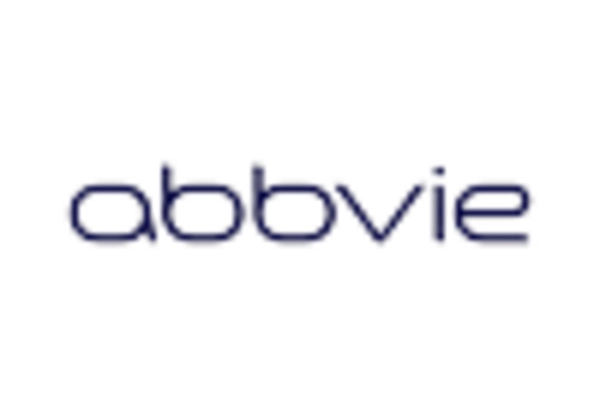
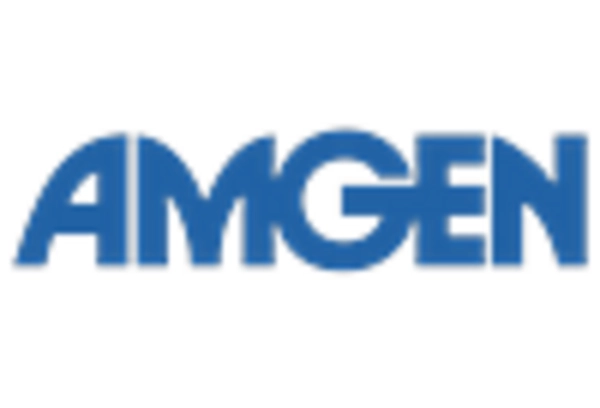
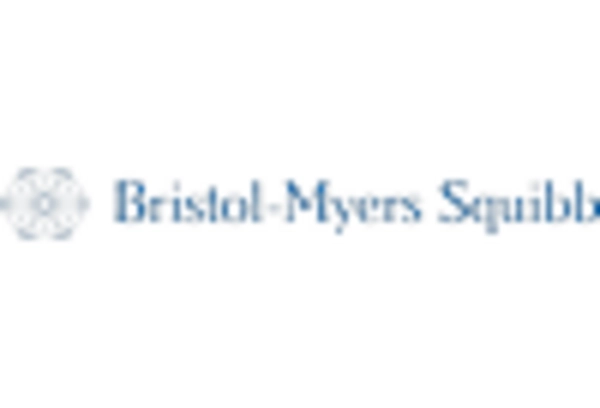
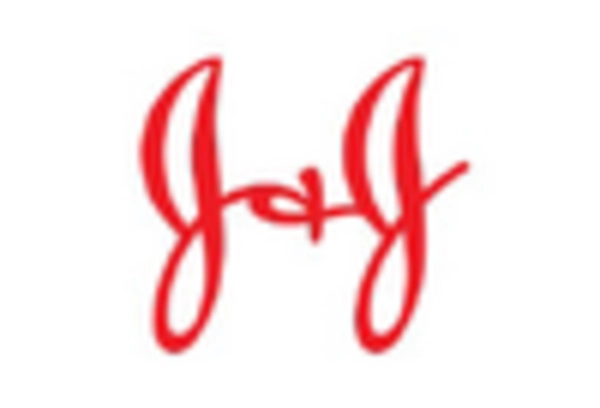
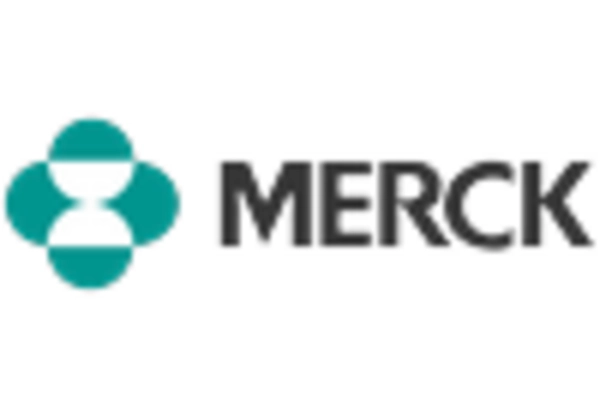









Leave a Comment